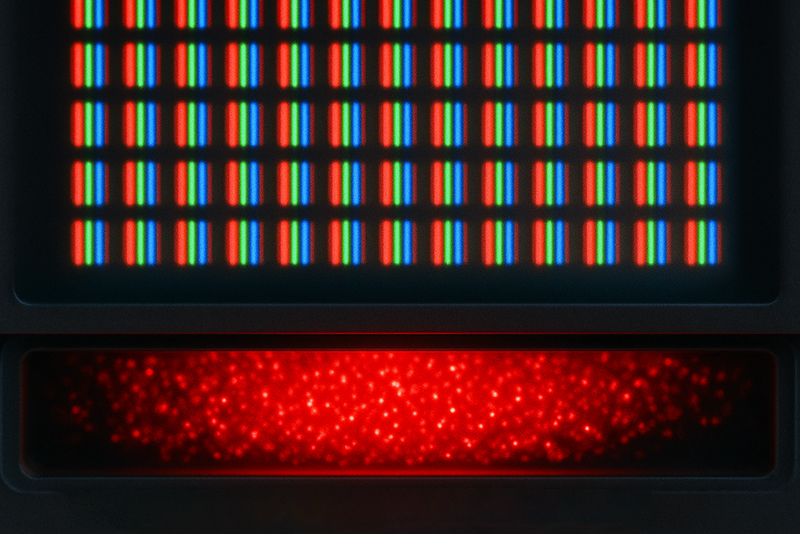Scandium (Sc) is a rare and strategic metal known for its exceptional performance in lightweight alloys, fuel cells, 3D printing, and advanced electronics. As a foundational material in many high-performance applications, the purity and morphology of scandium metal powder play a critical role in determining final product performance.
This article outlines the typical purity grades, preparation processes, and selection considerations for scandium metal powders.

Scandium powders are classified by impurity levels. The most commonly available grades include:
3N (99.9%): Suitable for general industrial applications, such as alloying additives.
4N (99.99%): A standard high-purity grade for advanced material uses.
4N5 (99.995%): Reduced trace elements for more demanding applications.
5N (99.999%): Ultra-high-purity, ideal for sensitive electronic, optical, or research applications.
Higher purity levels directly impact the electrical, mechanical, and corrosion-resistant properties of final components. For high-end alloys and nano-engineered materials, even trace impurities can lead to significant performance variations.
Producing high-quality scandium metal powder involves several technical steps:
Sources of scandium include:
Natural ores (e.g., thortveitite, laterite)
Industrial by-products (e.g., red mud from aluminum refining)
These are chemically converted into:
A widely used method is calciothermic reduction, especially from scandium fluoride:
2ScF₃ + 3Ca → 2Sc + 3CaF₂
This process takes place in a controlled vacuum or inert atmosphere at high temperatures to prevent contamination and oxidation.
The resulting scandium metal is often purified via:
Vacuum distillation: Removes volatile impurities.
Zone refining or sublimation: Further improves purity for 4N5–5N levels.
Scandium metal is processed into powder using various techniques depending on end-use requirements:
Ball milling, hammer milling
Suitable for brittle metals
Economical and scalable
Less control over particle shape and size distribution
Gas atomization
Produces spherical, uniform powders
Excellent flowability for additive manufacturing
Requires advanced equipment
Hydrogen reduction, electrolysis, carbonyl processes
Can yield ultra-fine, high-purity powders
Used for specialized or research-grade applications
Typical testing includes:
Chemical analysis (ICP-OES, GDMS) for purity
Particle size and morphology (laser diffraction, SEM)
| Method | Key Advantages | Best Use Cases |
|---|---|---|
| Mechanical | Simple, cost-effective | Industrial-grade powders |
| Gas Atomization | High sphericity, narrow PSD | AM, thermal spray, high-performance parts |
| Reduction (Ca) | Efficient for bulk Sc production | Industrial metal preparation |
| Electrolysis | High purity achievable | 4N5–5N grade, electronic applications |
| Carbonyl/Displacement | Ultra-fine control, lab-scale | Specialized coatings, R&D |
Scandium powders vary significantly in purity and morphology depending on how they’re made. When selecting scandium powder for your application:
Use 4N or higher for electronic, aerospace, or energy-related uses.
Choose atomized powders for 3D printing and high-performance coatings.
Match the production route to your technical and economic requirements.
Careful control of impurity levels and particle characteristics is essential to ensure reliable performance, especially in demanding environments.
At Stanford Materials Corporation (SMC), we offer scandium metal powders across a range of purities and particle sizes, with customization options available. Contact our technical team to request data sheets, pricing, or application support.
Eric Loewen
Eric Loewen graduated from the University of Illinois studying applied chemistry. His educational background gives him a broad base from which to approach many topics. He has been working with topics about advanced materials for over 5 years at Stanford Materials Corporation (SMC). His main purpose in writing these articles is to provide a free, yet quality resource for readers. He welcomes feedback on typos, errors, or differences in opinion that readers come across.

 Inquiry List
Inquiry List


